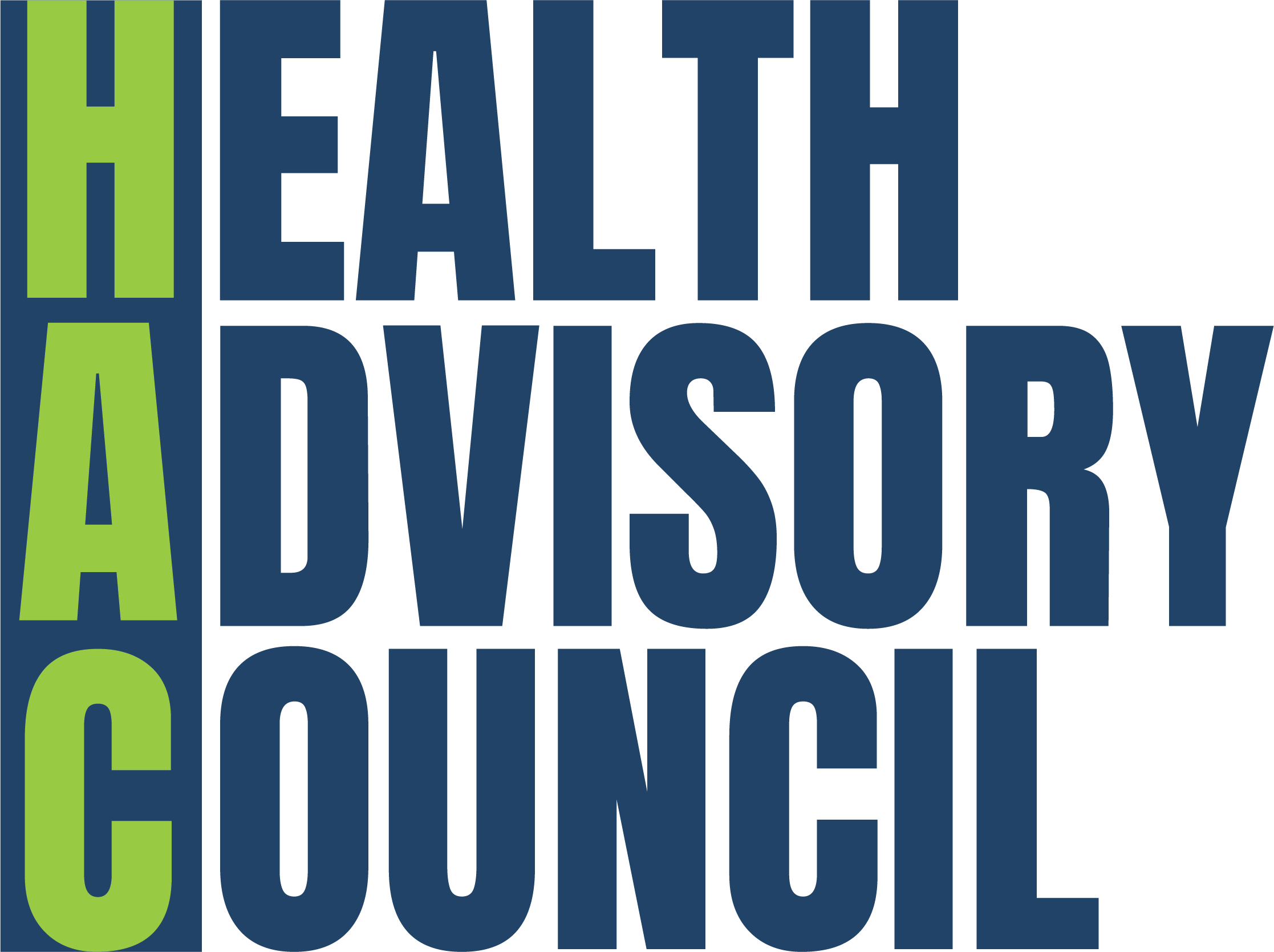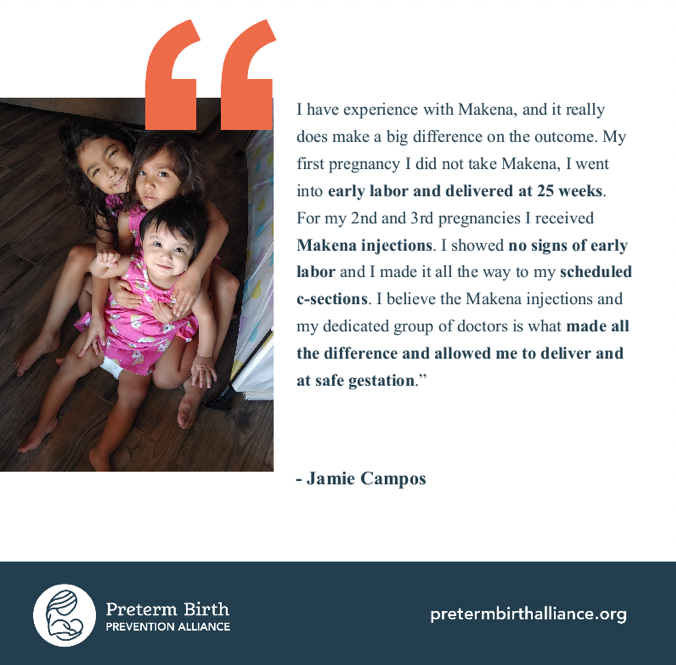Flu facts for expectant moms – National Consumers League
Recent reports show that up to 30 percent of pregnant women who are infected with the H1N1 flu virus require hospitalization. And of the H1N1-related deaths reported in the United States, 6 percent of them – a disproportionately high percentage – are pregnant women. According to the U.S. Centers for Disease Control, “Getting a flu shot is the single best way to protect against the flu.” Yet many pregnant women are either hesitant to get a flu shot or have been unable to get vaccinated due to limited supplies.
The National Consumers League wants to make sure that expectant moms have the best information available, so they can make good decisions about protecting their health—and the health of their babies—and know where to go to get the care they need. The following is a fact-filled discussion featuring NCL executive director Sally Greenberg and, providing the answers, Dr. Annelise Swigert, a board certified Ob/Gyn and fellow of the American College of Obstetricians and Gynecologists.
Sally: What is H1N1 flu, also known as swine flu? And what is a flu vaccine?
Dr. Swigert: Every year, the public is faced with a seasonal flu which usually arrives in late fall. This year, the U.S. and many other parts of the world must deal with an additional flu called H1N1 or swine flu. H1N1 is a relatively new virus that was first detected in April 2009. It is contagious, spreading from person-to-person worldwide. Illness with H1N1 has ranged from mild to severe, including hospitalizations, and some deaths. Flu vaccines, given as a shot or inhaled through the nose, protect against contracting the disease.
Sally: Why is it important for women to be vaccinated for the H1N1 “swine flu”?
Dr. Swigert: H1N1 can cause serious complications during pregnancy. Pregnant women who are infected by H1N1 are more likely to end up in the hospital. A recent report showed up to 30 percent of pregnant women with H1N1 required hospitalization. Even if they are otherwise healthy, pregnant women who get the H1N1 virus can develop severe pneumonia and respiratory failure, deliver their babies early, or possibly miscarry. Of all the deaths related to H1N1, six percent have been in pregnant women, an unusually high percentage.
Getting the H1N1 vaccine while pregnant will continue to protect the baby after he or she is born. Studies on previous influenza vaccine use in pregnancy have shown more than a 60 percent decrease in serious illness in infants born to mothers who received the vaccine when they were pregnant.
Sally: Is the vaccine for the H1N1 flu safe for pregnant women and their babies?
Dr. Swigert: Yes, the H1N1 flu vaccine is safe for
pregnant women and their babies, and has been approved by the Food and Drug Administration. The H1N1 vaccine is the same as the seasonal flu vaccine with a slightly different strain of influenza. If H1N1 had been identified a few months sooner, it would have been the seasonal flu vaccine for 2009-2010. The seasonal flu vaccine has been safely given to pregnant women for more than 40 years. The vaccine can be given during any trimester of pregnancy and also postpartum, while breastfeeding.
As with all medication use in pregnancy, your doctor will review risk versus benefit. For most women, the benefit of getting the vaccine and preventing active infection from H1N1 far outweighs the extremely small risk of serious side effects.
Sally: Where can a pregnant woman get the vaccine?
Dr. Swigert: Pregnant women should start by contacting their Ob/Gyn or other primary health care provider if they don’t have access to an Ob/Gyn. The vaccine is available at many Ob/Gyn clinics, and those that don’t have it may be able to help their patients find it elsewhere. Community centers are now holding flu shot clinics for high-risk populations, such as pregnant women or those with certain chronic conditions, like asthma. Some employers will have the vaccine, especially those in health care fields. Always let the doctor or clinic know you are pregnant, as you’re in a high-risk group and should receive priority.
Sally: Is there any way the H1N1 vaccine could have been made more quickly?
Dr. Swigert: This year was particularly challenging because vaccine manufacturers needed to produce many millions of doses of both the seasonal flu vaccine and the H1N1 vaccine – simultaneously. As a result, production of the H1N1 vaccine is being completed in about half the time it usually takes. For the most part, pregnant women and other high-risk groups have been able to get vaccinated, and health officials believe enough vaccine will be available by the end of the year to safely vaccinate all those who wish to receive it.
In Europe, government regulators have approved the use of what are called “adjuvants,” additives that can be added to the vaccine supply to greatly increase its yield
or number of doses available. U.S. officials have not yet approved adjuvants, although many in the medical community believe they are a safe and effective way to expand the vaccine supply.
Sally: How is the vaccine delivered?
Dr. Swigert: The vaccine is available in two ways: an injection and an inhaled version. The injection contains a part of the virus that causes the immune system to make antibodies to protect the body from actual infection. The inhaled vaccine has the live virus that also causes the immune system to make antibodies. Both vaccines are safe and effective.
Pregnant women should receive the shot, and not the inhaled vaccine. Women who are postpartum or breastfeeding can receive either the shot or the inhaled vaccine. Only one injection is necessary to fully protect pregnant women from infection with H1N1.
Sally: Are there side effects?
Dr. Swigert: Some women have mild side effects such as soreness at the injection site or mild headache or body aches 2-3 days after the shot. These are not signs of infection or an allergic reaction, but signs that the immune system is responding as it should to the vaccine.
Women who have an allergy to eggs could have an allergic reaction to the shot and should not receive the vaccine. Serious reactions to the vaccine are very rare and occur in only one in every million women.
Sally: Have any unborn babies been harmed by the vaccine?
Dr. Swigert: The only danger to unborn babies is if their mothers get sick with the H1N1 virus. The vaccine is not dangerous, but getting the H1N1 virus is. Studies of pregnant women and their children who received the seasonal flu shot have shown no bad outcomes.
Sally: Will pregnant women who don’t get the vaccine risk getting sick?
Dr. Swigert: Pregnant women who do not get vaccinated risk becoming acutely ill with the H1N1 virus. Many of these women will have mild to moderate illness, but they risk possible complications such as pneumonia and respiratory failure. These complications cannot be predicted or prevented, even once the illness is diagnosed. Risks to unborn babies can include premature delivery and respiratory distress.
Sally: Does the H1N1 flu vaccine contain any additives that could interfere with a child’s development?
Dr. Swigert: Thimerosal, a preservative, is used in flu vaccines, including the H1N1 vaccine. Although thimerosal has never been scientifically proven to be harmful to children or pregnant women, due to public perception, vaccine manufacturers have produced preservative-free, single-dose syringes for use in pregnant women. These vaccines are more costly and time consuming to produce than vaccines with thimerosal, and may not be available in all communities. Your clinic will be able to give you information on the vaccines they have available.
Also remember that because thimerosal has never been scientifically proven to be harmful to pregnant women or the fetus, injections using this preservative should be safe for use in pregnant women.
Sally: My friend gave birth a month ago. Should she get the vaccine now?
Dr. Swigert: Yes. Infants under 6 months of age are at extremely high-risk for complications from H1N1. By getting vaccinated not only will you decrease the risk of getting sick and giving it to your baby, but if you are breastfeeding, the baby will get protection from the illness through antibodies in the breast milk.
Sally: Is the vaccine safe for women who are breastfeeding?
Dr. Swigert: Yes. It is safe to receive either the shot or the inhaled vaccine while breastfeeding.
Sally: What if your family already had the flu this fall? Should expectant mothers still need to get vaccinated?
Dr. Swigert: Yes. Even if members of your family or you have had an influenza-like illness, it is still important to get vaccinated to protect you and your baby.
Sally: How can we avoid getting the flu?
Dr. Swigert: The best way to prevent the flu is to be vaccinated. Like many viruses, it is transmitted from person to person most commonly through coughing or sneezing. Other important ways to reduce the risk include: washing your hands often and thoroughly with soap, using alcohol-based hand sanitizers, and not touching your nose, eyes, and mouth.
Sally: What are the symptoms of the H1N1 flu?
Dr. Swigert: The two main symptoms of H1N1 are a fever of 100 degrees or higher, and cough and/or sore throat. Other symptoms may include headache, body aches, chills, runny nose, fatigue, diarrhea, and vomiting. Pregnant women should contact their doctor or clinic immediately if they experience any of these symptoms, as they will need to start anti-viral medication.
Sally: What should a pregnant woman do if she thinks she has H1N1? Should she take an anti-viral medication?
Dr. Swigert: H1N1 can be dangerous for a pregnant woman and her baby. Contact your doctor or clinic immediately if you have any symptoms. Treat any initial fever with acetaminophen (Tylenol), which is safe in pregnancy. Anti-viral prescription medications, such as Tamiflu, are recommended for pregnant women and safe to use.
Medication should be started within 48 hours of the onset of symptoms. Confirmation that the illness is the H1N1 virus is not necessary to begin treatment. A pregnant woman should follow her physician’s instructions and should not delay seeking treatment under any circumstances.
Emergency care is necessary if a pregnant woman experiences difficulty breathing, chest pain or pressure, vomiting, dehydration, dizziness, confusion or loss of alertness. It is also important to contact your doctor if your symptoms have improved and then get worse again.
Sally: If a pregnant woman’s child or family member becomes sick with H1N1, should she avoid contact with the sick family member?
Dr. Swigert: If a family member becomes sick, a pregnant woman should contact her doctor immediately to be treated with anti-viral medication. In addition, families should have a plan to care for each other that protects pregnant mothers from the risk of infection. If others aren’t available to help care for a sick child, pregnant mothers should try to limit exposure by washing their hands often, throwing away dirty tissues, and avoiding touching their nose, mouth, or eyes as much as possible. Pregnant mothers may also wear surgical-quality facemasks if they must care for sick family members.
Sally: If a pregnant woman gets the H1N1 flu vaccine, does she need to get the seasonal flu vaccine too?
Dr. Swigert: Yes. The H1N1 flu vaccine will not protect against the seasonal flu. The seasonal flu is also a threat to a pregnant woman’s health – and the health of her baby. The seasonal flu should be treated with the same caution, care, and preventative measures as H1N1 flu.















